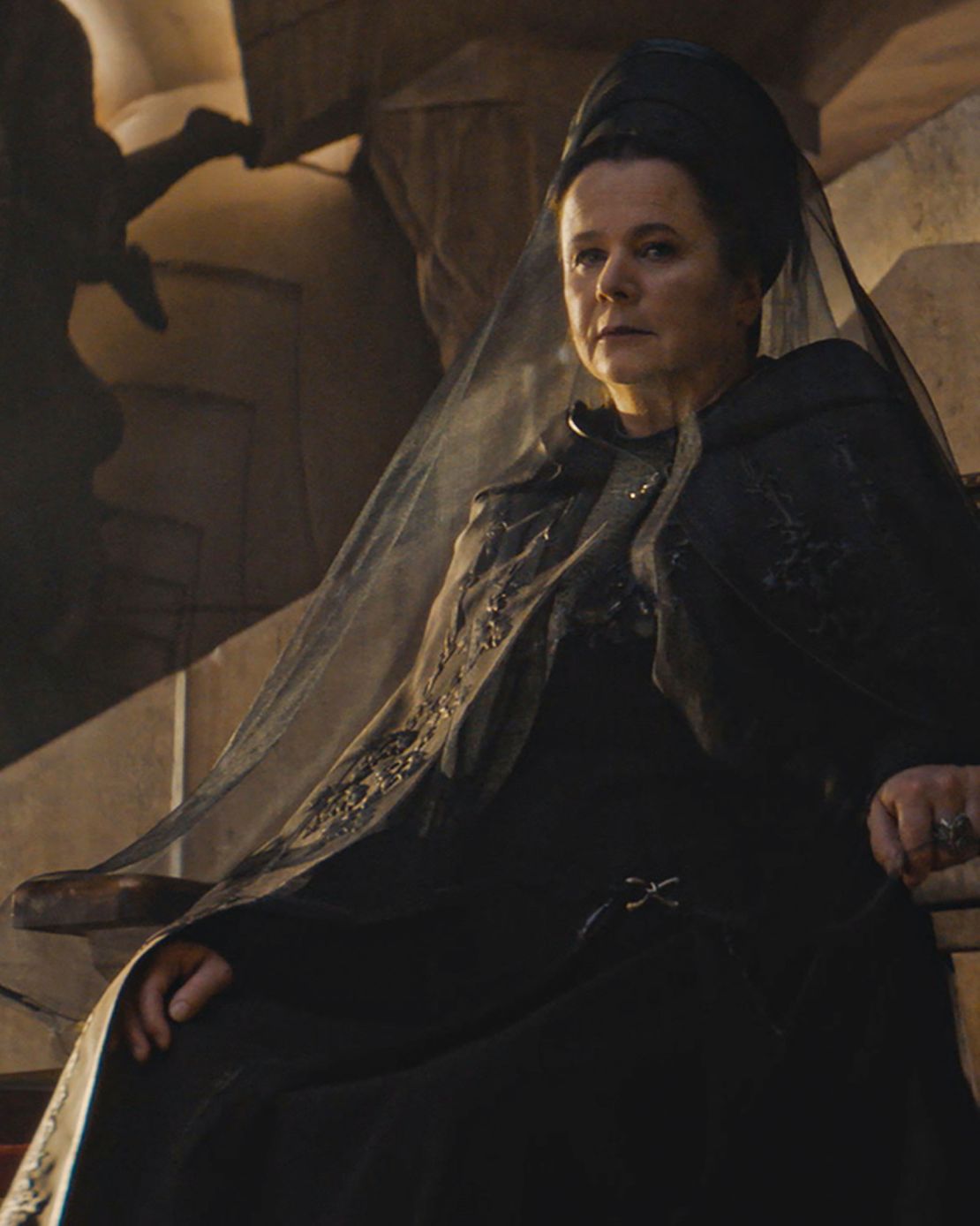‘Dune: Prophecy’ will launch viewers into worlds far beyond Arrakis, says executive producer
The already expansive “Dune” universe is about to get even bigger.
In Max’s six-part prequel series “Dune: Prophecy,” premiering Sunday, the story will stretch far beyond the vast Spice-infused deserts of the planet Arrakis that Timotheé Chalamet’s character Paul Atreides walked in the recent “Dune” movies directed by Denis Villeneuve.
“Prophecy” takes place in “totally different environments” and time periods, according to executive producer Alison Schapker, who told CNN in a recent interview that the show expands the “Dune” universe in a way that feels cohesive to both the Frank Herbert source material and the movies that came before it.
“‘Dune’ is a universe that people are attached to,” said Schapker, whose previous credits include leading the charge on shows like “Westworld,” “Lost” and “Alias.” “It exists in a world that matters to people and I think we wanted to respect that.”
Schapker’s team ultimately had “total freedom” when it came to setting up these new interstellar locales, but they worked hard to apply the same aesthetic standards set by the films so that it feels like the show “can exist in the universe that Denis so gorgeously put on the screen.”

(From left) Charlie Hodson-Prior and Sarah-Sofie Boussnina in ‘Dune Prophecy.’ HBO
“Prophecy” takes place 10,000 years before the events seen in Villeneuve’s “Dune: Part 1” and “Dune: Part 2” movies – which are based on Herbert’s famed 1965 novel of the same name – and tells the origin story of the Bene Gesserit, a powerful group of women trained to harness special abilities of the mind and body.
Inspired by the “Schools of Dune” book trilogy written by Kevin J. Anderson and Frank Herbert’s son Brian Herbert, “Prophecy” follows sisters Valya and Tula Harkonnen, who take on the “forces that threaten the future of humankind and establish the fabled sect that will become known as the Bene Gesserit,” according to an official synopsis.
One of the worlds featured in the series is Salusa Secundus, seen in Villeneuve’s films as a prison planet, but in “Prophecy” it’s presented as an imperial planet.
The series will also showcase worlds like Wallach IX, where the sisterhood that Valya (Emily Watson) and Tula (Olivia Williams) oversee has its institutional base, and Lankiveil, an icy and forbidding planet where the Harkonnens were banished to during this period in the story’s history.

HBO
While there was an emphasis on making these worlds feel as “real and gritty and epic” as possible in a visual sense, it was also important to ground the sprawling story and rich lore through the show’s characters to give “Dune” newcomers an easy entry into the franchise.
“That was a real conscious sort of tightrope walk we did,” said Schapker, who asserts that you can still enjoy the series without having read the books or seen the films.
That said, “Prophecy” serves more of an adult audience with some of its more intimate scenes. Being able to venture into this territory – without, of course, being gratuitous – was a joy for Schapker.
“I loved that we were allowed to be grown up sci-fi,” Schapker said. “It really was very fun to allow our characters to have three dimensional humanity to them, including their sexuality, and that the show can allow people to go and depict the spicier moments.”
Spicier, in this case, should not be confused with the much-contested and coveted substance at the center of the “Dune” lore.
The first episode of “Dune: Prophecy” premieres Sunday on Max. (Max and HBO, like CNN, are units of Warner Bros. Discovery.)



